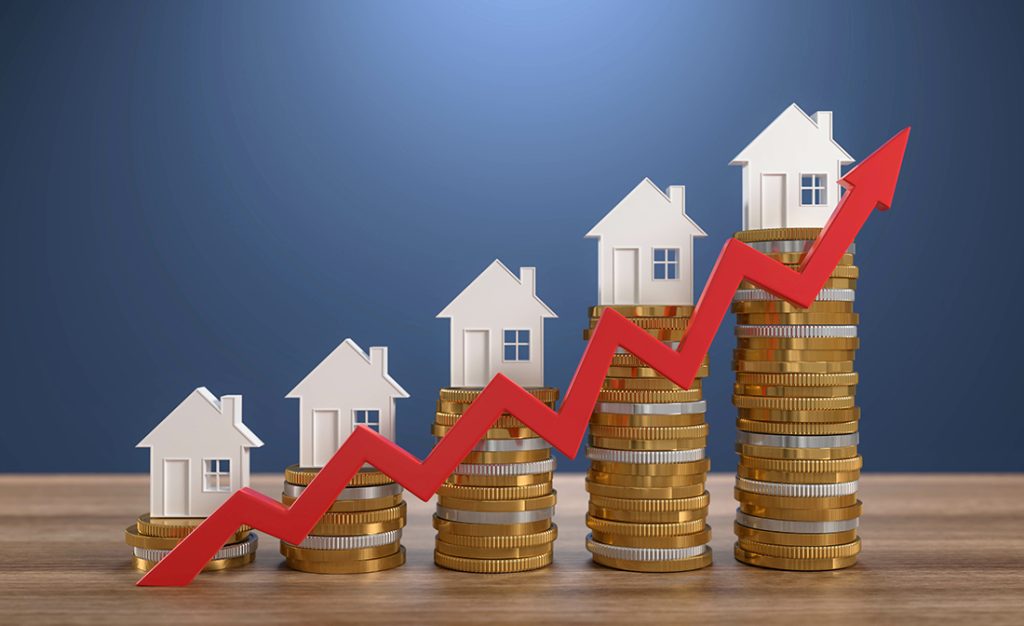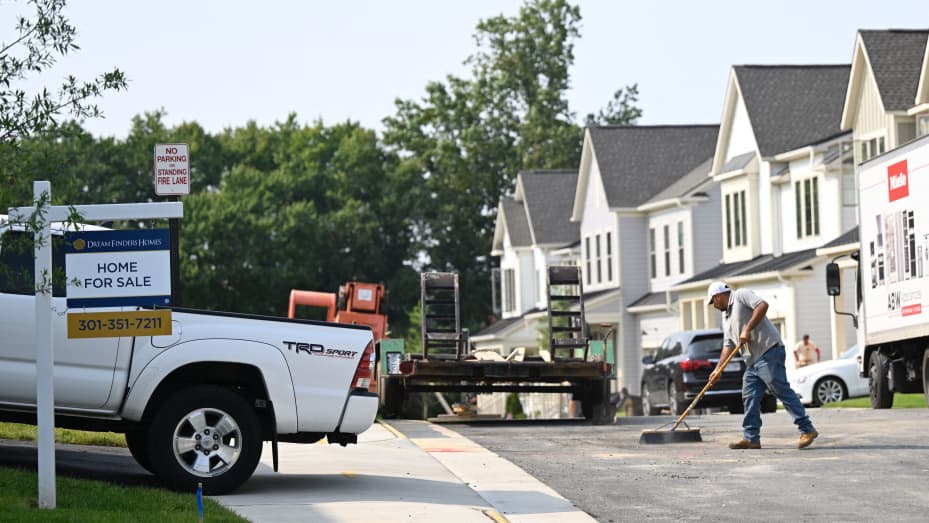In February, U.S. home prices rose by 0.6% from the previous month, matching the average monthly increase seen in the eight years leading up to the Covid-19 pandemic, according to a new analysis by Redfin.

Daryl Fairweather, Redfin’s chief economist, noted that before the pandemic, it was typical for home prices to increase by about 0.5% each month, or approximately 5% to 6% annually. “Despite higher mortgage rates, we’re back to that trend,” she said, emphasizing that home prices are appreciating at the same pace as before the pandemic. “It’s returned to the trend that we saw pre-pandemic,” she added.
However, experts point out that today’s market is significantly different from two to eight years ago. The average home remains unaffordable for many potential buyers, and although inventory has slightly improved, it is still insufficient to meet demand.
Fairweather explained, “The sentiment we’re getting from our agents is that neither sellers nor buyers are satisfied with this market. Sellers are unhappy with the offers they’re receiving, and buyers are disappointed by rising prices and mortgage rates.”
While price growth has stabilized, a major difference between the current market and the pre-pandemic period is the low number of transactions, largely due to high mortgage rates, Fairweather said. Mortgage rates, which peaked at nearly 8% last year, are still above 6%, according to Freddie Mac data.
Transaction levels are at “recessionary lows,” despite a slight increase in February, noted Walsh. The limited supply of homes also impacts sales.
Redfin found that new listings increased by 5% in the four weeks ending March 17, the biggest year-over-year jump since May 2023. However, Fairweather described this increase as “a small recovery from rock bottom,” indicating that the market hasn’t returned to pre-pandemic levels.
Economists attribute supply growth mainly to seasonal trends, with many owners listing their homes in February to move in spring or summer. Additionally, life events like new jobs or marriages also drive home listings, Fairweather said.
The mortgage rate lock-in effect, also known as the golden handcuff effect, which kept homeowners with low mortgage rates from selling their homes, is easing. This is slightly increasing the available supply, economists say. “The more time that passes, the less strong that effect becomes,” Fairweather explained.
Some sellers are now coming to terms with higher mortgage rates because they can no longer delay moving, Walsh noted. As time goes on, the rate lock-in effect will further diminish, especially if the Federal Reserve cuts rates later this year, Fairweather said.
Walsh forecasted that mortgage rates would modestly decline this year as the Fed lowers interest rates, while home prices are expected to remain flat or unchanged nationally.


